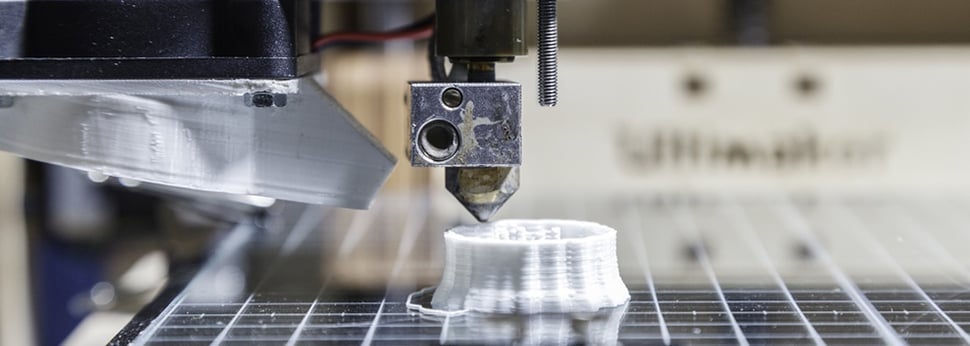Streamline your tender management and receive subcontractor and supplier quotes directly inside Cubit Select. Managing y...
Streamline your tender management and receive subcontractor and supplier quotes directly inside Cubit Select. Managing y...
Successful businesses need to stay ahead of the competition. A crucial element to this is being aware of future trends and incorporating emerging technologies into your business, before they become commonplace in the industry.
Below we explore the top 5 construction technologies and trends that are set to transform the building industry in 2017.
Wearable technology is transforming the building and construction industry, one smart device at a time. Wearable technology is designed to improve safety, drive productivity and reduce budget.
And it’s fast becoming big business. Analyst Bernard Marr says the wearable technology industry is expected to hit $3 billion this year and $4 billion by 2017. Some of the most innovative wearable devices include safety vests with GPS, hard hats with virtual display visors and augmented reality devices to experience design elements like never before.
Modular homes (sometimes called pre-fabricated homes) are houses built off site. They’re constructed in sections in a factory-like setting and are then transported to site where they are assembled by builders. They’re quickly becoming a popular choice for new homeowners over traditional constructions because they are generally built much faster and cheaper. This is mostly because there are no delays for when bad weather strikes, as 90% of the build is completed indoors and off-site.
And although modular homes have a somewhat unfortunate reputation for all looking the same, this certainly isn’t true of the future. There are many different designs available from various companies and nearly all of them offer customisation, so you can ensure your build has individual qualities. Further, the craftsmanship is of a standard as high or higher than traditional constructions, as quality control is easier in a factory. There’s also an emphasis on using strong, sustainable materials, so the houses will be cheaper to run and more environmentally-friendly.
Some jobs, such as bricklaying, involve labour-intensive, repetitive tasks which are pose a significant injury risk to workers. This problem could be alleviated through automation.
Research by Construction Skills Queensland has found that in the future, up to 75% of these labour-intensive tasks will be automated. And this is especially important in Australia’s ageing population as many of these workers are in construction.
Robot automation has barely scratched the surface of its potential in the industry. However, the technologies that are available have shown impressive results. One example is the Fastbrick robot which can quickly print and lay bricks, making the process dramatically more efficient and safer. Technologies like these will start to become more prevalent on sites in 2017.

A lot of people in construction are excited about 3D printing. Materials can be made and buildings can be constructed by a machine in a fraction of the time and at a considerably cheaper cost than traditional construction. For example, one company in China built a house for under $5,000, while another managed to build 10 houses in 24 hours.
Importantly, speed and cost aren’t the only benefits. Strength and durability is a major feature of a lot of new builds, with some houses able to withstand an 8.0 Richter scale earthquake. There have also been great leaps forward in design and materials, many of which are highly sustainable. 3D printing technology is likely to become far more prevalent in 2017 as a faster and cheaper alternative housing method.
You may have heard about Amazon planning to use drones as a way to speed up the efficiency of parcel deliveries. Now the construction industry is also getting on board. Site inspections require a team to spend a whole day in the sun, measuring, taking photos and analysing data. Drones offer a cheaper, faster and safer alternative.
A drone can be sent up to survey an area, either controlled remotely flown “autonomously” via pre-planned instructions. These drones can send back data, video and results in real-time, ensuring your team can get the job done faster and more effectively, without the whole picture in mind. Drones are already a common feature in many site inspections, but better regulation means that they’re likely to grow in use in 2017.
Planning for the future means staying abreast of new trends and technologies. Adapt your business now and be ready for 2017.
There’s no doubt technology has changed - and continues to change - our lives an...
For construction companies today, staying up to date with digital advances is cr...
The world has changed and continues to change rapidly around us. Faced with this...


Ⓒ 2024 Buildsoft. All rights reserved